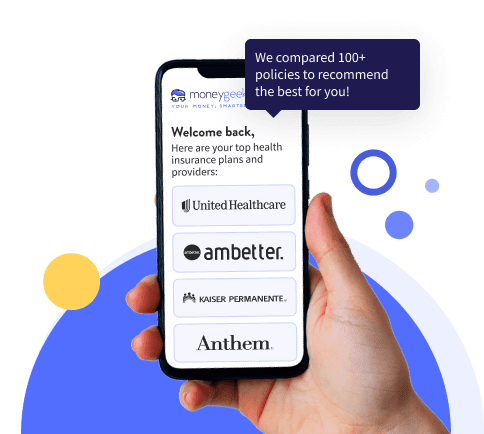We evaluated health insurance providers across all 50 states, analyzing monthly premiums, denial rates and quality scores. Our analysis of 2026 plan data from CMS and state marketplaces revealed four providers that consistently deliver value across different demographics and plan types.
Blue Cross Blue Shield is the best health insurance provider overall with the most plan options (HMO, PPO, EPO, POS) and competitive rates averaging $490 monthly for Silver-tier HMO plans. Kaiser Permanente has strong EPO coverage with a low denial rate of 8.1%. Families with children should consider Ambetter's plans, while Anthem’s affordable HMO plans are a good choice for seniors under 65.






